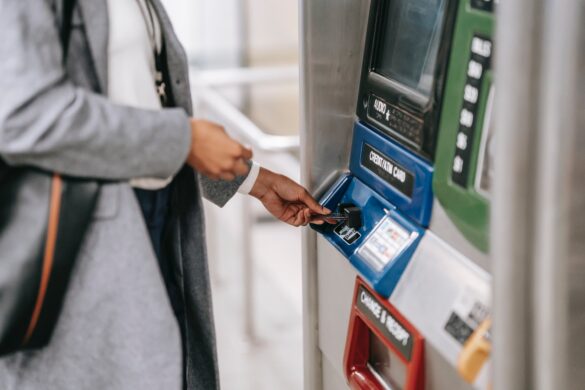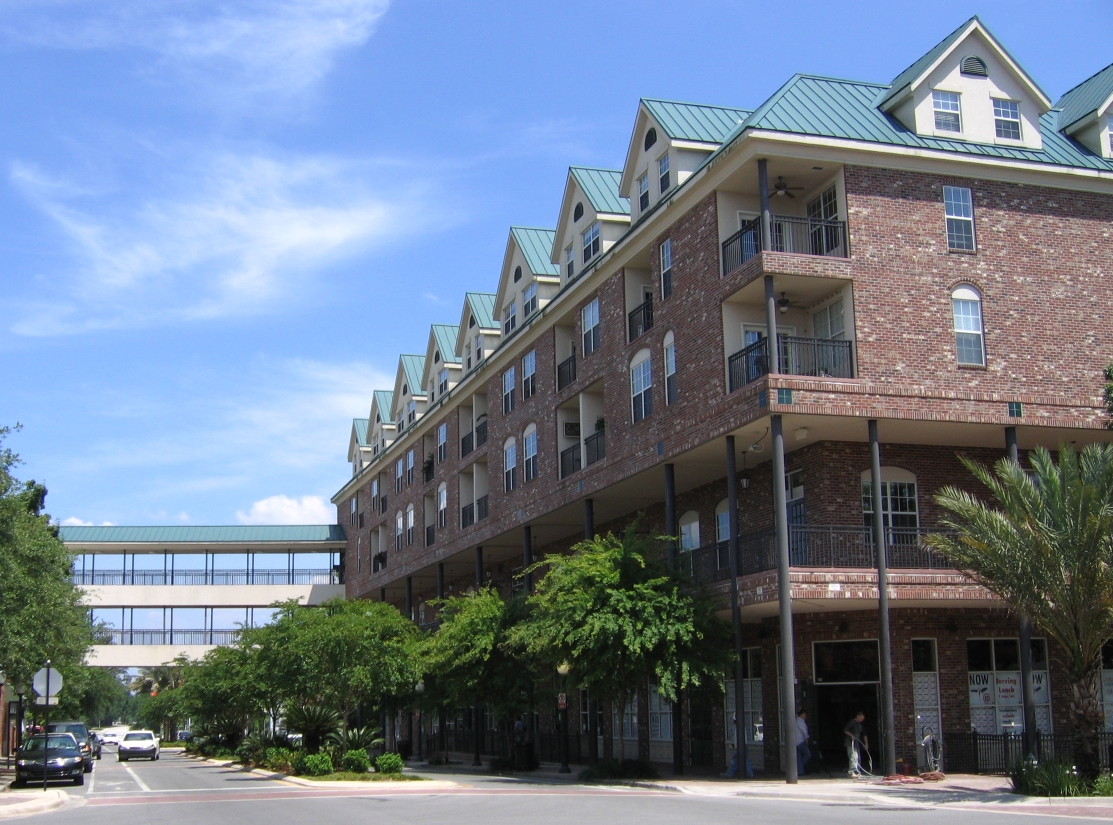
There is not a particular type of bridge loan but rather a need to use a bridge loan that can help you increase cash flow from now until when the busy season begins for a business. The bridge loan can be used to get access to capital now while waiting on a more permanent financing option to be installed. The bridge loan is a temporary fix to solve the need for this type of loan. This type of loan can impact the business as a short-term fix for financial problems.
The business owner need not wait to sell a home in order to buy a new one. The bridge loan allows the owner to purchase a new home quickly, so at some point, two homes can be owned. Businesses that have a long-term loan that pays out in six months, may take out a bridge loan with a long-term loan as a form of collateral. Some lenders demand the business owner have a high credit score, good tax returns, and an acceptable debt-to-income ratio. Some lenders do assume that if the business owner qualifies for a home loan, they also qualify for a bridge loan.
Bridge loan lenders will determine the owner’s qualifications for a second mortgage. If they do not feel that the owner can pay off the loan, they will not give it out to them. If the business owner wants to buy a property that is $10,000, a quarter of this comes from equity sources such as family, friends, business partners, real estate investors, or crowdfunding, and as the business owner has their own vested interest in the property. The other 75% comes from different financing options. It is difficult to learn which ones make the most sense because getting into bridge debt may be a viable option depending on the situation.
Debt financing requires cash flowing assets with the loans being a floating rate with a higher interest than having comparable permanence with regard to your debt. The loan is characterized by being short term in the first place. You need future funding to make sure the cost of repositioning the property is facilitated. Bridge debt is used in real estate when a property is purchased under an intensive closing timeline while the owner is renovating, in the form of a fix and flip property sale.
The creditworthiness of the borrower prevents the borrower from obtaining permanent debt on the property. Bridge debt can ultimately be used for renovation because upon completing the renovations, the Borrower would be able to raise the rental unit rates given the higher quality of finishes.
Bridge financing offers extreme flexibility but the cons are higher interest rates. While bridge financing is flexible, borrowers have access to money that covers expenses in the short-term. Bridge debt thus has its disadvantages depending on the situation, being the perfect fit for the business plan in question. Bridge loans are used in both commercial and residential real estate.
As an example, your home may be worth $200,000 while you owe $100,000 on it and you buy a $300,000 home while taking out a $135,000 bridge loan. $5,000 would hypothetically cover the closing costs and the origin of the charges. Then the owner would be left with $30,000 that goes towards the new houses’ down payments. The odds of getting a bridge loan are slim but business bridge loans are out there still. The housing market needs to get better for this product to become easier to deal with. Owning two homes will be a temporary situation for the homeowner that is quickly resolved.









